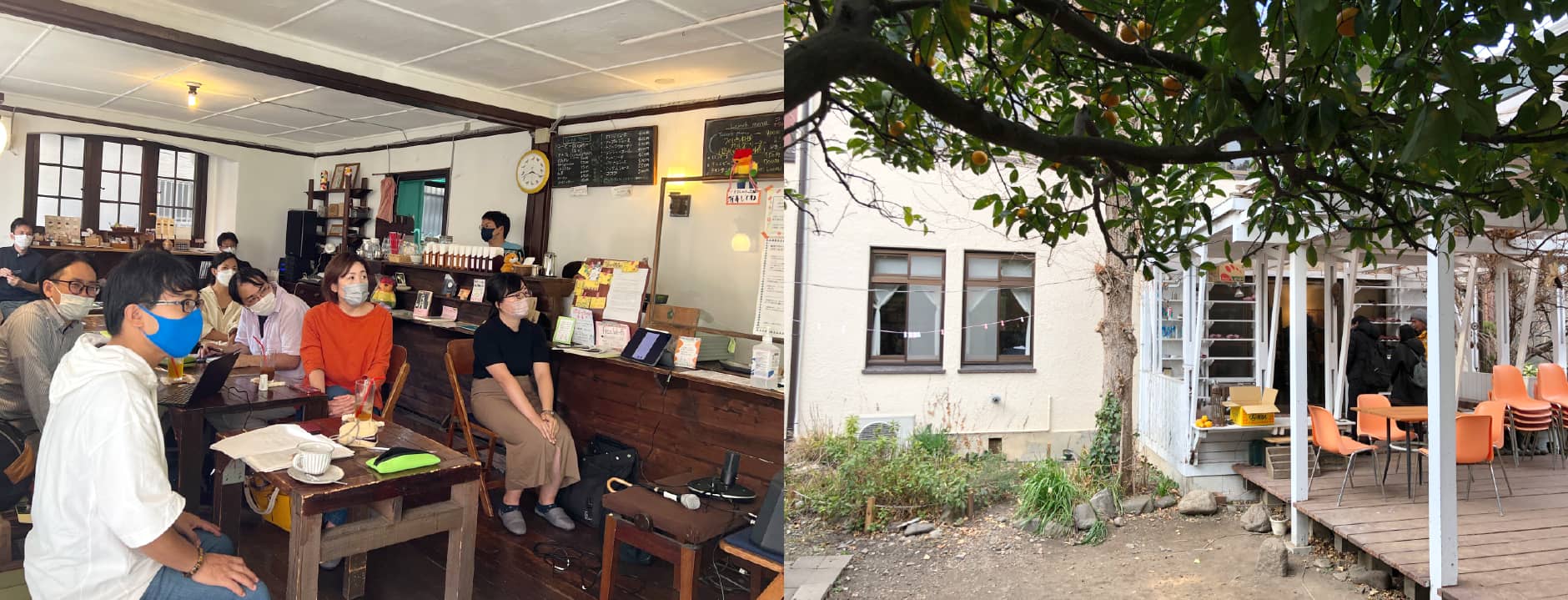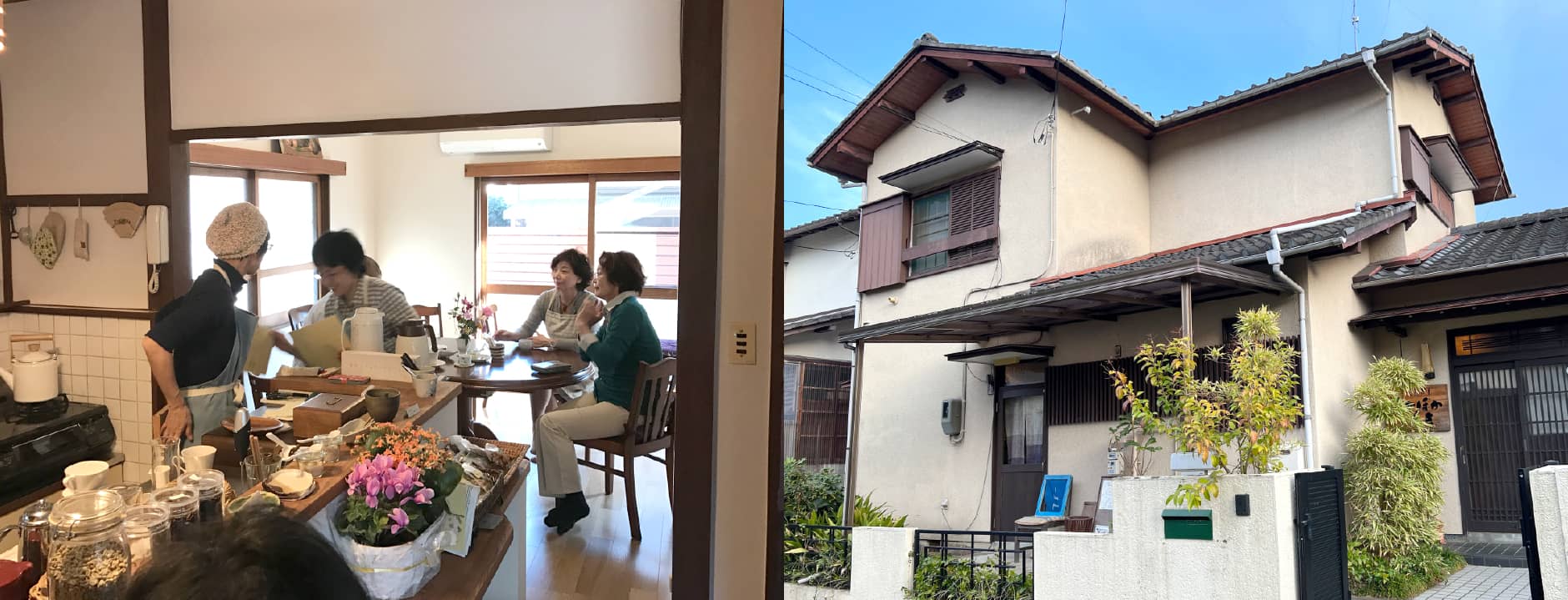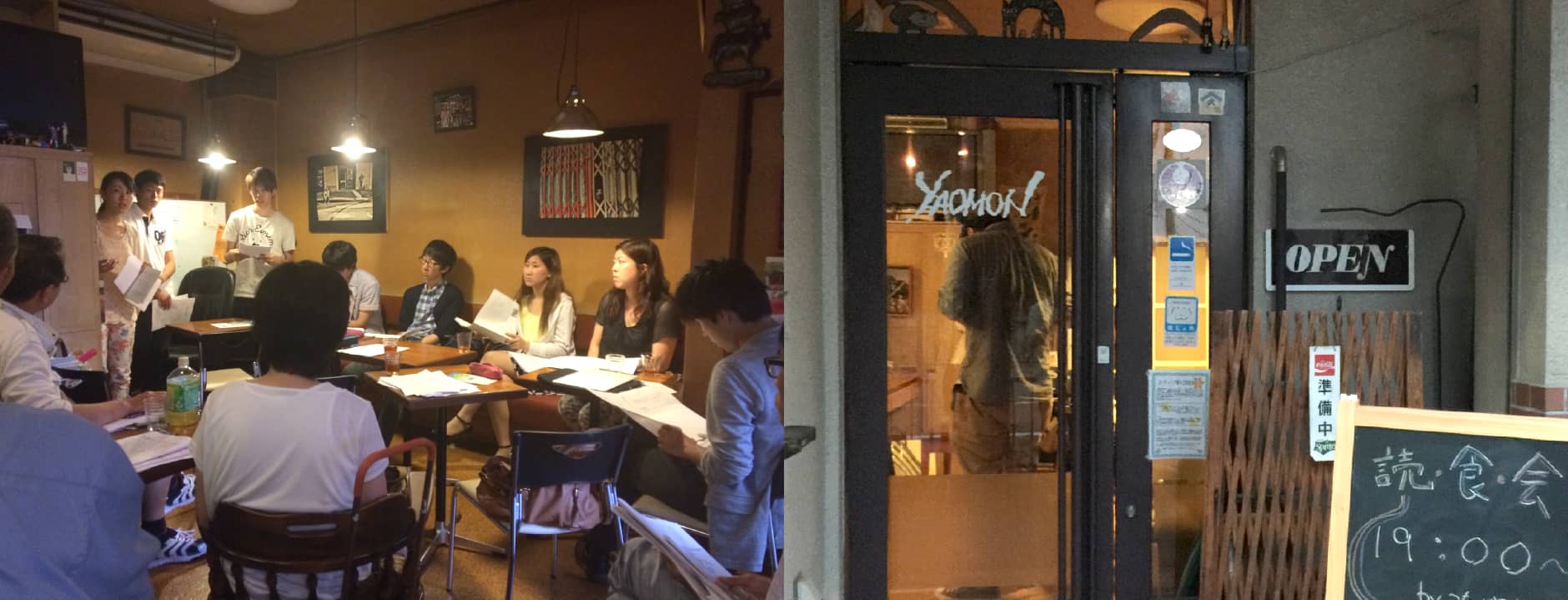There is a growing importance for community spaces where people who tend to experience social isolation can gather and feel connected. They are the disaster victims, children, minorities of various sexualities, or people with other nationalities. Kotsuji Hisanori researches the history and current state of community spaces and actively engages in establishing and managing such spaces, dedicating his efforts to promoting them.
Issues Surrounding Social Isolation from the 1970s to the Present Day
During the COVID-19 pandemic, the importance of welcoming community spaces where anyone could go to and gather, where one could feel bonded and connected with others, was recognized anew.
"Community spaces were established as a measure to address such issues related to social isolation, such as Kodokushi (lonely death), isolation deaths, and the phenomenon of a society without close ties," explains Kotsuji, who researches the role of such spaces within communities. While the issue of social isolation has been discussed for quite some time, not only is an effective solution yet to be found, but the problem is also becoming increasingly grave.
Based on research that traced the history of the social isolation issue through past newspaper reports, Kotsuji and his team have found that terms like "lonely death" and "elderly loneliness" began appearing in newspapers around 1970, when Japan was said to be entering an aging society. The reporting of Kodokushi in temporary housing was particularly impactful after the 1995 Great Hanshin-Awaji Earthquake. As the 2000s rolled in, reports of Kodokushi became more frequent, bringing the previously unseen issue of social isolation to the forefront. A significant nationwide focus came in 2010 with NHK's Muen Shakai (Society without Ties) campaign. "With the term Muen Shakai, social isolation was once again highlighted as a common societal issue. Although the focus on social isolation was obscured by the emphasis on connections and bonds after the 2011 Great East Japan Earthquake, the problem did not disappear and continues to this day," Kotsuji explains. With the spread of the novel coronavirus from 2020 onwards, social isolation has come to be recognized as a pressing issue that affects everyone, and not just a distant concern.
Disaster Victims, Children, and Minorities:
Actively Creating Spaces for Diverse Individuals
"Efforts to address social isolation include 'watch-over activities' by local community associations and social welfare councils. However, these alone are not sufficient solutions, and in parallel, initiatives to create community spaces have emerged," explains Kotsuji. According to his research, the origins of these initiatives can be traced back to the temporary housing set up after the 1995 Great Hanshin-Awaji Earthquake. Spaces like chat salons were established to restore human connections severed by the disaster. Following this, community spaces where anyone from the neighborhood could gather, such as the 'Machi no Engawa Kuni House' launched in Nagoya in 1999, began to be established.
Furthermore, after the introduction of the long-term care insurance system in 2000, there was an increase in spaces open to elderly individuals who were not covered by the system. "From the end of the 2000s, intermediary organizations like the 'Wonderful Aging Club' (Tokyo), 'Sawayaka Welfare Foundation' (Tokyo), and 'Tsunagaru KYOTO Project' (Kyoto) became involved in creating these spaces. Trends of collaborations with administrations, like the 'Shiba-no-Ie' (Tokyo) established in partnership between Keio University and the Minato Ward Shiba District General Office, have emerged, and the utilization of grant systems and other support mechanisms are in place," Kotsuji elaborates.
"Meanwhile, since the 1990s, in the context of measures to eradicate child poverty and provide learning support, 'children's cafeterias' have been established in various places, indicating a diversification in the target audience and purpose of these community spaces," says Kotsuji. He adds, "For instance, the 'Bazaar Café' in Kyoto, which has been active since 1998, serves as a gathering place for a diverse group of people in terms of sexuality, nationality, and age. It offers work opportunities for those who, due to various circumstances, cannot find employment, functioning as a blending community that includes individuals who tend to be excluded from conventional social frameworks."

New Models for Sustainable Operation Required of Community Spaces
Kotsuji has been investigating community spaces across the country. Through participatory observation, he assesses their effectiveness and is also actively involved in their establishment and operation, dedicating his efforts to promoting them. "In the wake of the COVID-19 pandemic that hit us in 2020, these community spaces faced a critical situation," he explains. "By enforcing several restrictions in place, initiatives like the Children's Cafeteria began offering take-out lunches, and while efforts to continue activities were made, the challenges of traditional community space creation without subsidies and other support became even more evident." For instance, the 'Machi-no-manabiya Haru House' in Kyoto, which has been operating since 2003, has become deeply embedded in the community and has played a significant role in preventing the isolation of the elderly. However, its management relies heavily on the volunteer efforts of its founder, who holds strong convictions, and on grants and donations, making it a model not easily replicable by just anyone.

"When considering sustainability, we need to explore new ways of operation," says Kotsuji. He sees potential in community spaces offered by eateries like 'Café YAOMON' in Kyoto or community cafés operated by private enterprises such as real estate companies. "Running these spaces as part of economic activities, or as activities that can be utilized in their main business, might be the necessary approach for community spaces in the future," he suggests.

In 2022, Kotsuji and his team initiated a project themed "Examining the Effects and Challenges of the 'Community-building Café Initiative' during the COVID-19 Pandemic." "We aim to engage in practical research by taking over the community-building café initiative that Kyoto City has been rolling out," he explains. "The 'Community-building Café' serves as a place where local residents and administrative officials can connect. We are keen on exploring this new approach to community spaces."